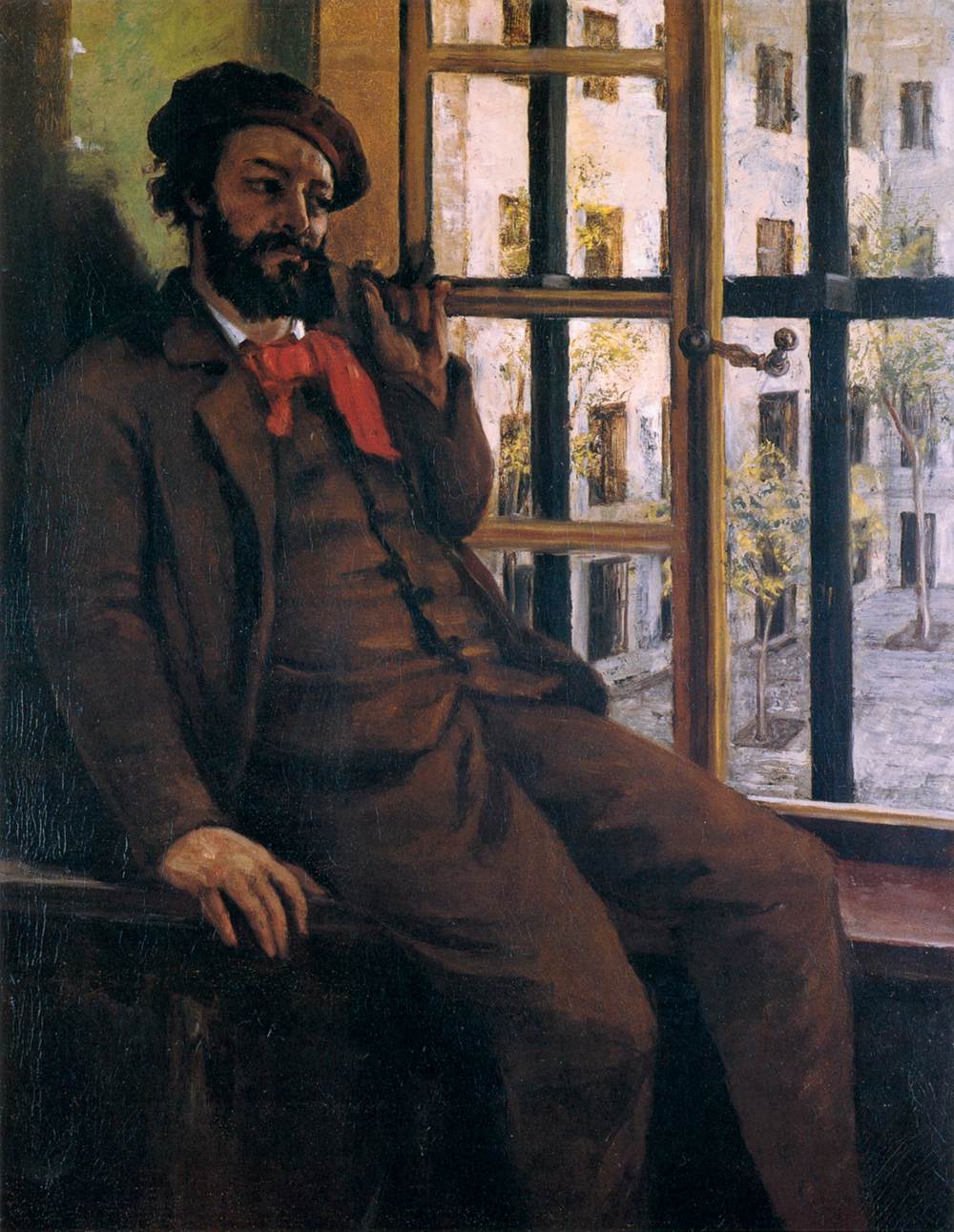Description
Self-Portrait at Sainte-Pélagie, painted by Gustave Courbet in 1872, is a remarkable piece of art that showcases the artist's unique style and technique. The painting is a self-portrait that depicts Courbet in prison, where he was incarcerated for his political activism during the Paris Commune.
One of the most striking aspects of the painting is its composition. Courbet positions himself front and center, with his piercing gaze fixed directly on the viewer. He is surrounded by the stark, gray walls of his prison cell, which serve to emphasize his isolation and confinement. The painting's composition is simple, yet incredibly powerful, drawing the viewer's attention to Courbet's intense expression and his surroundings.
The color palette of the painting is also noteworthy. Courbet uses a muted, earthy color scheme, with shades of brown, gray, and black dominating the canvas. This color choice adds to the somber and melancholic mood of the painting, emphasizing the bleakness of Courbet's situation.
Another interesting aspect of Self-Portrait at Sainte-Pélagie is the way in which Courbet portrays himself. Rather than presenting himself as a heroic figure, he depicts himself as vulnerable and defeated. His face is gaunt and tired, and his clothing is disheveled. This portrait is a departure from the typical self-portraits of the time, which often depicted the artist in a more flattering light.
The history of the painting is also fascinating. Courbet painted it while he was in prison, and it was later exhibited at the Salon in 1872. The painting caused controversy due to its subject matter and the artist's political beliefs, which were seen as radical at the time. Despite this, the painting has become one of Courbet's most iconic works and is now housed in the Musée d'Orsay in Paris.
Overall, Self-Portrait at Sainte-Pélagie is a compelling work of art that showcases Courbet's unique style and technique. Its composition, color, and subject matter make it a fascinating piece to study and appreciate, and its history adds to its intrigue.

